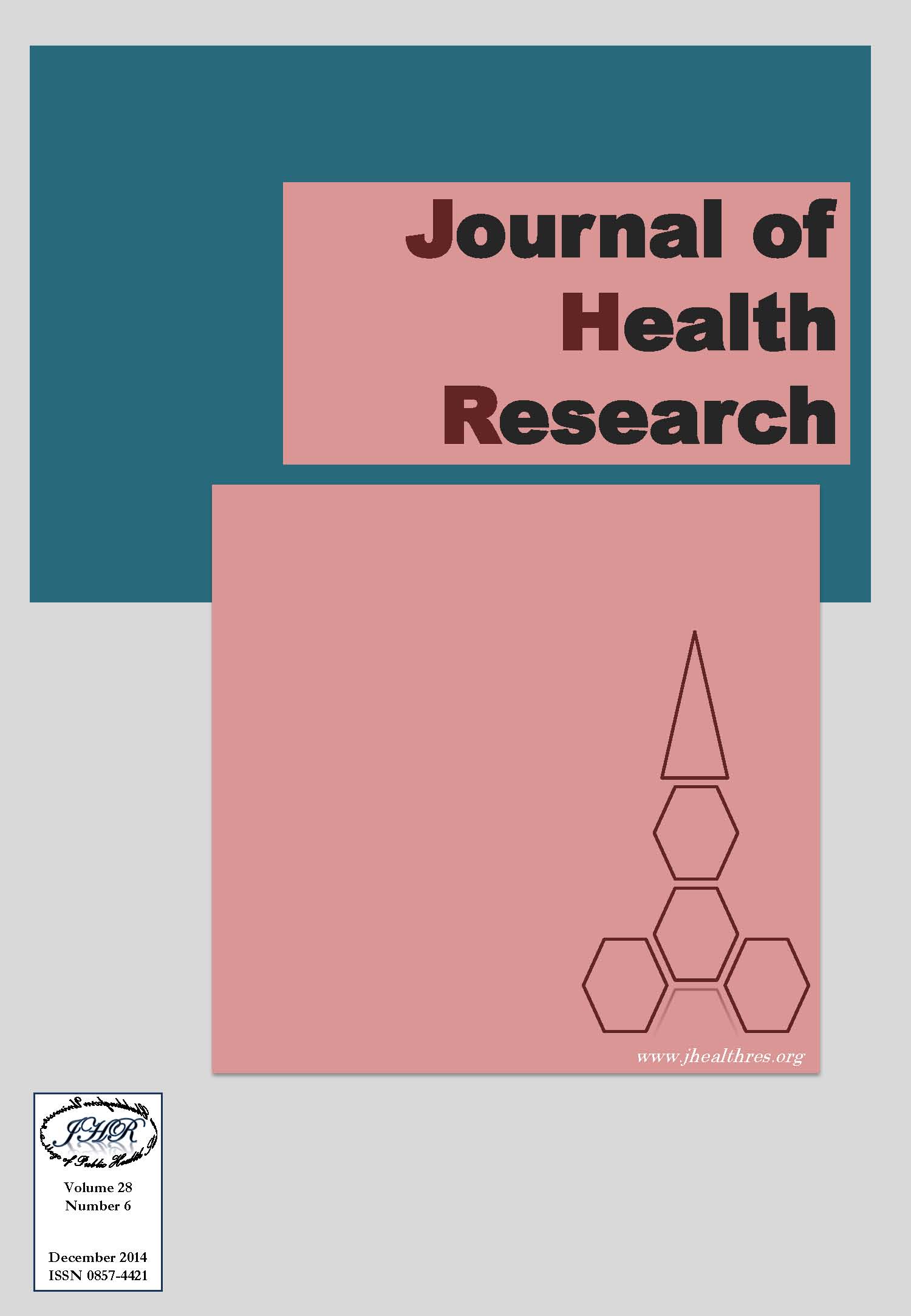Socio-Cultural Factors Affecting Stigmatization of Rescued Trafficked Girls in Nepal
Keywords:
Rescued trafficked girls, Stigma, NepalAbstract
Every year thousands girls and women from various age groups are trafficked across border of Nepal. Though multiple organization are currently working for the trafficked girls and their rehabilitation purposes, the socio-cultural taboo and stigma present in the community and the perceived stigma among these girls make the reintegration process difficult. The main aim of this study was to understand the various socio-cultural factors that lead to perceived stigma among the rescued trafficked girls in Nepal. A cross-sectional descriptive study and in-depth interview were used by using the questionnaire among the rescued trafficked girls from the organization called Shakti Smauha in Nepal. 150 girls were randomly selected from the four branches of Shakti Smauha, for the quantitative study and 5 girls were chosen for in-depth interview. A descriptive statistics, chi-square and multiple logistic regression were used for analysis purpose. 68.7% were found to be highly stigmatized with about 60% were found to have internalized stigma, perceived stigma and community level stigma. The current occupational status and skills and trainings provided in the organization were found to be significant with the stigma in the chi-square analysis and multiple logistic regressions. The satisfaction level of the girl who currently unemployed were almost 3 times more likely to have high stigma with p=0.043 (OR=3.105, CI=1.036-9.308) than the girls who were satisfied with the job. Similarly skills and trainings provided was also found to be significant with stigma with girls who received skills and trainings in the organization almost 4 times more likely to have stigma(OR=3.615, CI=1.307-9.996) compared to the girl who did not receive any trainings. The in-depth interview were also found to be consistent result with those girls who were highly stigmatized, it was revealed the employed were sometimes discriminated in the work place making them highly stigmatized. So if they received any kind of trainings and skills, they would be independent from the stigma. Further study should be conducted to understand the stigma from other aspects like perception of community and family so that it would help to find the loophole and make the organizational program to reduce the stigma more successful.







